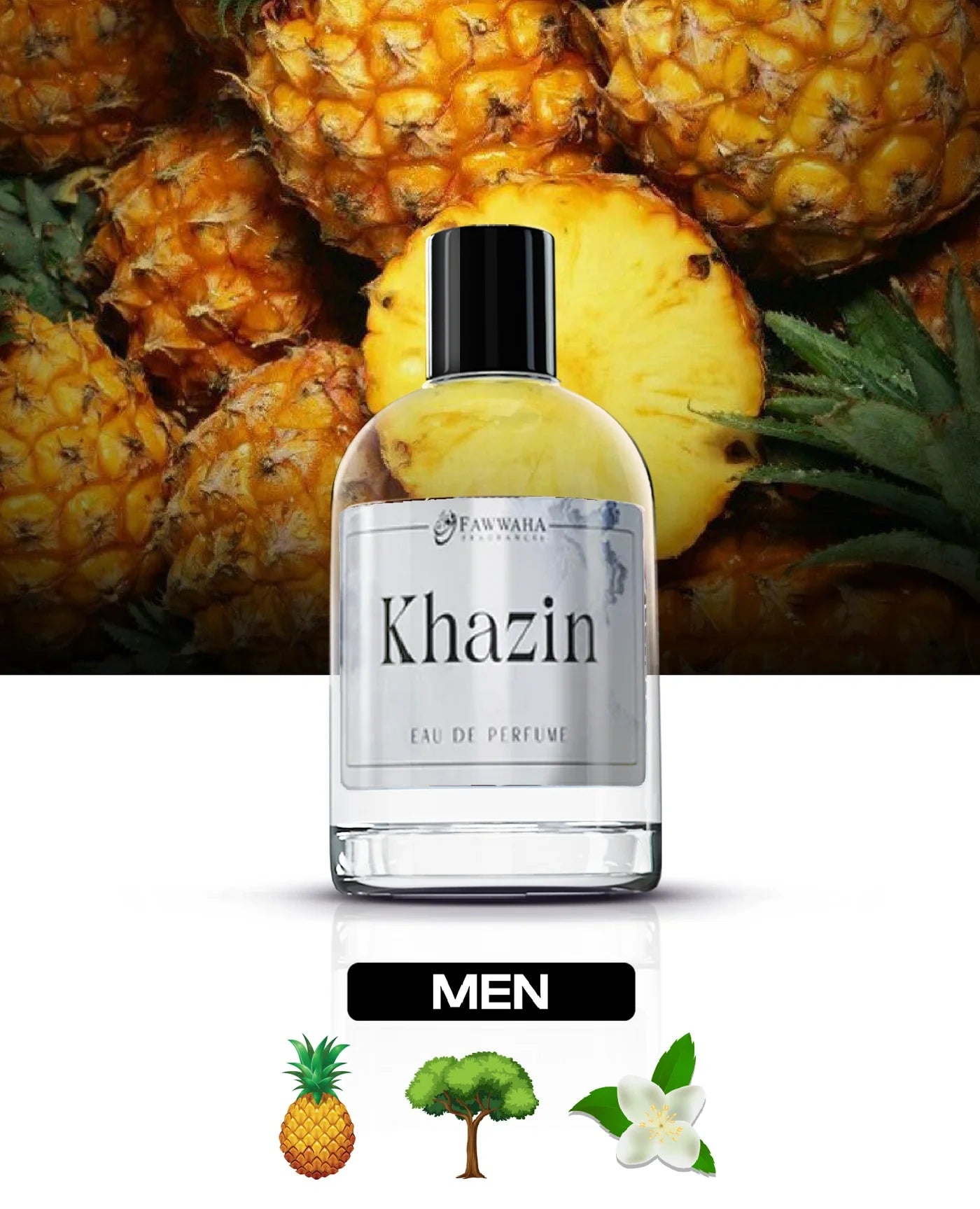Introduction to Sandalwood
Sandalwood is a fragrant wood derived from trees in the genus Santalum. It's prized for its rich, creamy aroma and long-lasting scent. Unlike other fragrant woods, sandalwood retains its fragrance for decades, making it one of the most valued ingredients in perfumery, incense, and skincare.
Native Regions of the Sandalwood Tree
Sandalwood trees are native to India, particularly in the Mysore region, and also grow in parts of Australia, Indonesia, and Hawaii. Indian sandalwood (Santalum album) is considered the most premium variety due to its high oil concentration and superior fragrance.
Cultural and Historical Roots of Sandalwood
Sandalwood has been used for thousands of years across various cultures. In ancient India, it played a significant role in religious rituals and traditional medicine. It was also a major export in the spice trade, valued as much as gold for its scent and medicinal properties.
Traditional Uses in Fragrance History
Historically, sandalwood was used in oil-based perfumes, incense, and religious ceremonies. Ancient Egyptians used it in embalming, while in China and India, it was burned during spiritual rituals. Its calming aroma made it a staple in both sacred and sensual scent blends.
Scent Characteristics of Sandalwood
Sandalwood’s scent is creamy, soft, and woodsy. It’s warm and enveloping, with a slightly sweet and milky undertone. The aroma is subtle but persistent, and it blends beautifully with florals, spices, and resins to create balanced compositions.
The Distinctive Smell of Sandalwood
Sandalwood smells warm, creamy, and woody. It’s often described as smooth, slightly sweet, and earthy with a soft, milky finish. Its balanced nature makes it one of the most soothing and grounding scent notes.
Essential Oil Components Behind the Scent
Sandalwood essential oil is extracted from the heartwood of mature trees, often aged 15–20 years. The oil contains compounds like santalol, which are responsible for its signature creamy and woody scent. Steam distillation or CO2 extraction is used to preserve its rich aromatic profile.
How Sandalwood is Used in Perfume Blends
In perfumery, sandalwood is typically used as a base note. It provides longevity and depth to fragrances, helping other notes last longer and blend smoothly. It pairs especially well with florals (like rose or jasmine), spices (like cardamom), and resins (like myrrh).
Sandalwood’s Influence on Fragrance Structure
Sandalwood acts as a fixative in perfumes. It smooths out sharp edges of other ingredients and brings balance to the fragrance. It gives perfumes a warm, comforting foundation and adds a touch of sophistication and depth.
Wellness and Aromatherapy Benefits of Sandalwood
Sandalwood is known for its calming and grounding effects. It’s widely used in aromatherapy to reduce stress, enhance mental clarity, and support meditation. Its antibacterial and anti-inflammatory properties also make it a favorite in skincare and holistic wellness.





